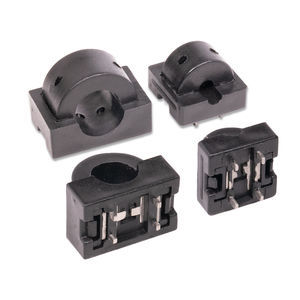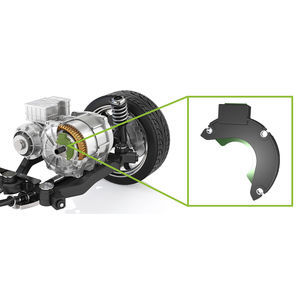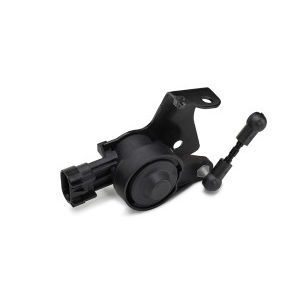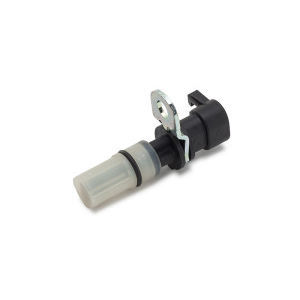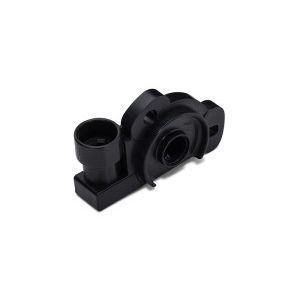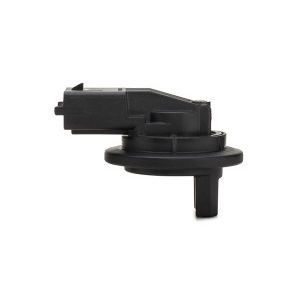
- Environment - Health - Safety
- Air Treatment and Noise Management
- Particulate filter
- CTS Electronic Corporation (Thailand), Ltd.
Particulate filter DPFpanelexhaustdiesel

Add to favorites
Compare this product
Characteristics
- Designed for
- particulate
- Filtration element
- panel
- Applications
- exhaust
- Fluid specification
- diesel
Description
Diesel particulate filters operate by trapping soot particles from the engine exhaust, preventing them from reaching the environment. Unlike a catalytic converter which is designed to reduce gas-phase emissions flowing through the catalyst, the particulate filter is designed to trap and retain the solid particles until the particles can be oxidized or burned in the DPF itself.
Understanding the Differences Between Ash and Soot
Ash and soot are fundamentally different materials, but both accumulate in the DPF. Removing each of these materials from the DPF requires completely different processes. Soot is normally removed from the DPF through regeneration on the vehicle, which burns off the soot, leaving the incombustible ash behind. Ash, on the other hand, by definition is incombustible and must be cleaned from the DPF.
Ash Sources and Chemical Composition
For most DPFs in on-highway applications with a properly functioning engine, there is only one major source of ash – engine lubricant oil. Specifically, it is only certain additives in the oil that contribute to ash in the DPF. Other sources of ash, which contribute to a lesser extent, include certain elements in the fuel, engine wear metals, exhaust system corrosion products, and ambient sources.
Catalogs
No catalogs are available for this product.
See all of CTS Electronic Corporation (Thailand), Ltd.‘s catalogsOther CTS Electronic Corporation (Thailand), Ltd. products
Sensors
*Prices are pre-tax. They exclude delivery charges and customs duties and do not include additional charges for installation or activation options. Prices are indicative only and may vary by country, with changes to the cost of raw materials and exchange rates.



